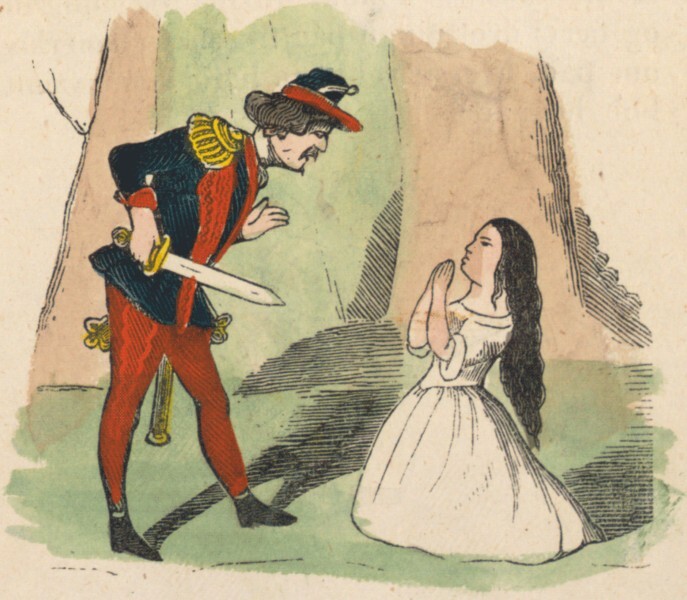Πολύτιμες και σημαντικές, οι παιδικές φιλίες είναι ανεκτίμητο δώρο
Κείμενο Αγγελική Λάλου
Όλοι θυμόμαστε τον πρώτο μας παιδικό φίλο. Αυτόν που το ενδεχόμενο να τον συναντήσουμε μας έκανε να ξυπνάμε με ενθουσιασμό. Παιχνίδια όλο περιπέτεια, διασκέδαση και γέλιο.
Ακόμα και τώρα, ως ενήλικες, οι φίλοι μας παραμένουν ένα εξαιρετικά σημαντικό κομμάτι της ζωής μας, από το να συζητάμε μαζί τους τα προβλήματά μας, να ζητάμε συμβουλές, να μοιραζόμαστε ανεξέλεγκτο γέλιο και καλές στιγμές, να ζούμε μαζί τα σημαντικά γεγονότα της ζωής μας και τις περήφανες στιγμές, οι φίλοι μας βοηθούν και έχουν καθορίσει σε μεγάλο βαθμό το ποιοι είμαστε.
Για τα παιδιά, το να κάνουν φίλους είναι ένα ζωτικό μέρος της ανάπτυξης και ουσιαστικό μέρος της κοινωνικής και συναισθηματικής τους ανάπτυξης. Χαρακτηριστικά όπως η κοινωνική ικανότητα, ο αλτρουισμός, η αυτοεκτίμηση και η αυτοπεποίθηση έχουν βρεθεί ότι έχουν συσχετιστεί θετικά με τη δεξιότητα του να ξέρουν να δημιουργούν φιλίες.
Μελέτες έχουν δείξει ότι οι φιλίες επιτρέπουν στα παιδιά να μάθουν περισσότερα για τον εαυτό τους και να αναπτύξουν τη δική τους ταυτότητα. Και, καθώς τα παιδιά ωριμάζουν, οι φίλοι μπορούν να βοηθήσουν στη μείωση του στρες και στην αντιμετώπιση δύσκολων αναπτυξιακών εμπειριών, ειδικά κατά τη διάρκεια των εφηβικών χρόνων.
Αλλά δεν είναι μόνο τα κοινωνικά και συναισθηματικά οφέλη. Οι φίλοι μπορούν να επηρεάσουν θετικά την υγεία των παιδιών. Μελέτες έχουν δείξει ότι τα παιδιά που έπαιζαν συχνά με δραστήριους φίλους ήταν πολύ λιγότερο πιθανό να αναφέρουν εμπόδια για μη άσκηση, όπως χαμηλή αυτοεκτίμηση, αίσθημα αυτοσυνείδησης ή έλλειψη απόλαυσης.
Ωστόσο, δεν είναι πάντα εύκολο για τα παιδιά να γνωρίζουν πώς να διαχειρίζονται τις φιλίες και το να μάθουν πώς να τις διατηρούν και πώς να κάνουν νέους φίλους περιλαμβάνει μια σειρά δεξιοτήτων που πρέπει να μάθουν και να αναπτύξουν τα μικρά παιδιά. Για ορισμένα παιδιά αυτές οι δεξιότητες έρχονται πολύ φυσικά, μετακινούνται εύκολα από και προς ομάδες φιλίας, μοιράζονται τις εμπειρίες τους και ανοίγονται σε νέους ανθρώπους.
Για άλλους, ο κόσμος των φίλων μπορεί να είναι πολύ πιο δύσκολος να τον περιηγηθούν και να τον κατακτήσουν.

Είναι ευεργετικό για τα παιδιά να διαχειρίζονται και να χτίζουν τις δικές τους σχέσεις, παρόλο που ως γονείς μπορεί να θέλουμε να αναλάβουμε την ευθύνη ή να παρέμβουμε. Υπάρχουν όμως τρόποι με τους οποίους μπορούμε να βοηθήσουμε τα παιδιά μας να περιηγηθούν σε φιλίες, να γίνουν πιο σίγουροι και που θα τα βοηθήσουν στην οικοδόμηση και ανάπτυξη των κοινωνικών τους δεξιοτήτων.
Βοηθήστε το παιδί σας να αναπτύξει θετικές κοινωνικές δεξιότητες από νεαρή ηλικία. Βοηθήστε τους να κατανοήσουν τη σημασία της ανταλλαγής, λαμβάνοντας υπόψη τα συναισθήματα κάποιου άλλου και ακούγοντας ο ένας τον άλλον. Αυτά μπορούν να υποστηριχθούν οργανώνοντας πολλές ευκαιρίες για το παιδί σας να γνωρίσει πολλά διαφορετικά άτομα.
Δείξτε στο παιδί σας πώς λειτουργούν οι φιλίες αφήνοντάς τους να δουν πώς συμπεριφέρεστε εσείς με τους φίλους σας
Βοηθήστε το παιδί σας να βρει άλλα παιδιά με παρόμοια ενδιαφέροντα, όπως μέσω κοινών δραστηριοτήτων, κολύμβησης, μαθήματος χορού, ποδοσφαιρικής ομάδας ή θεατρικής ομάδας – τα παιδιά επιλέγουν φίλους με βάση παρόμοια ή κοινά χόμπι.
Για μεγαλύτερα παιδιά που μπορεί να νιώθουν ντροπαλά ή ανήσυχα, τα κοινά ενδιαφέροντα τους προσφέρουν κάποια πατήματα για να ξεκινήσουν συνομιλίες με άλλους.
Βοηθήστε τα να βρουν νέους τομείς ενδιαφέροντος ή να ενισχύσουν την εμπιστοσύνη τους σε καθημερινές καταστάσεις.
Οι παιδικές φιλίες είναι γεμάτες σκαμπανεβάσματα. Μερικές φορές μπορεί να βρεθείτε αντιμέτωποι με το παιδί σας να έχει δυσαρεστηθεί ή πληγωθεί από τον φίλο του. Οι διαφωνίες είναι ένα φυσικό κομμάτι των φιλιών, ωστόσο, μερικές φορές μπορεί να είναι δύσκολο για τα παιδιά και τους νέους να τα διαχειρίζονται και να τα κατανοούν. Μερικές φορές αυτές οι συγκρούσεις μπορεί να μας φαίνονται μικρές και ασήμαντες, αλλά μπορούν να τραυματίσουν την εμπιστοσύνη ενός παιδιού και να τα κάνει να κατηγορούν τον εαυτό τους.
Εάν το παιδί σας έχει στεναχωρηθεί ή μαλώσει με έναν φίλο αφιερώστε λίγο χρόνο για να συνομιλήσετε μαζί του σχετικά με το πώς αισθάνεται και πώς μπορεί να αισθάνεται ο φίλος του. Μοιραστείτε μερικές συμβουλές και βοηθήστε το να καταλάβει ότι υπάρχουν πάντα σκαμπανεβάσματα στις φιλίες.
ΠΗΓΗ:






 Χαρακτηριστικά θύτη
Χαρακτηριστικά θύτη





